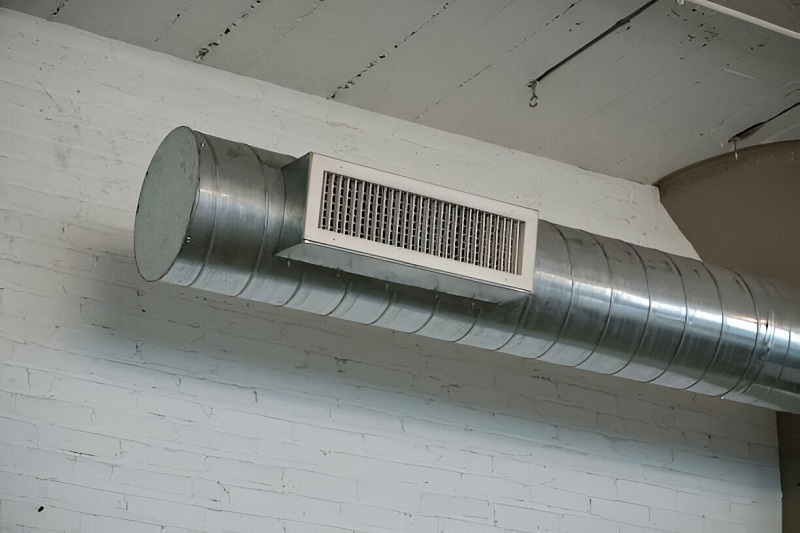Ducted heating systems are a popular choice for many homeowners, as they provide a convenient and efficient way to heat the entire house. Ducted heating systems blow warm air through a network of ducts installed throughout the house, allowing heat to be distributed evenly to all rooms. This article will explore the benefits of ducted heating systems, the available types, and how to choose the right system for your home.
The Benefits of Ducted Heating Systems
There are many benefits of using a ducted heating system in your home. One of the main advantages is that they provide a convenient and efficient way to heat the entire house. Unlike traditional heating methods, such as space heaters or fireplaces, ducted heating systems allow heat to be distributed evenly throughout the house, ensuring that every room is warm and comfortable. Thus, it ensures even heating of the room.
Another advantage of ducted heating systems is that they are relatively easy to install and maintain. The ducts can be installed in the roof or floor space, and the system can be controlled using a thermostat or remote control. This makes it easy to adjust the temperature to your desired level and set a schedule for when the heat should be turned on or off.
Ducted heating systems also have a long lifespan, low maintenance costs, and energy efficiency, which can result in lower energy bills. Additionally, ducted heating systems are very quiet and won’t disrupt your daily activities or disturb your sleep.
Different Types of Ducted Heating Systems
Several types of ducted heating systems are available, each with its own advantages and disadvantages. The most popular types of ducted heating systems are ducted gas heating and reverse cycle ducted heating.
Gas ducted heating systems – It burns natural gas to create heat distributed through the ducts. These systems are very energy efficient and can heat a large area quickly. However, they require a natural gas connection and can be more expensive to install than other types of ducted heating systems.
Reverse-cycle ducted heating systems– These are also known as ducted air conditioners, work by using electricity to heat or cool the air and then distributing it through the ducts. These systems are also energy efficient and can be used to both heats and cool your home. They are also more versatile in-room control, as they can be zoned to control the temperature in different areas of your home.
How To Choose The Right Ducted Heating System For Your Home
When choosing a ducted heating system for your home, there are several factors to consider. Some of these are highlighted below:
-
The size: One of the most important is the size of your home and the number of rooms you want to heat.
-
The power source: You’ll also need to consider the type of fuel you have access to, as well as your budget.
-
Climatic conditions: It’s also important to consider your climate, as some ducted heating systems are more suitable for certain climates than others. In colder climates, gas-ducted heating systems are often the best choice, while in milder climates, reverse-cycle ducted heating systems may be more appropriate.
-
Temperature control facility: Another important factor to consider when choosing a ducted heating system is the level of control you want over the temperature in different rooms of your home. Some ducted heating systems allow you to control the temperature in different areas of your home, while others only allow you to control the temperature in the entire house.
Installing And Maintaining A Ducted Heating System
Installing a ducted heating system can be a complex process and requires precision and expertise. Hence, choosing a reputable and experienced installer is important to ensure that the system is installed correctly and safely. The installer will need to assess your home and determine the best location for the ducts and the type of system that will work best for your home.
Once the ducted heating system is installed, it’s important to ensure its timely servicing. This maintains the system and guarantees efficient performance throughout the season. This may include cleaning the ducts, checking the thermostat and controls, and inspecting the system for any signs of wear or damage.
It’s also important to ensure that the filters in the system are cleaned or replaced regularly, as dirty filters can reduce the system’s efficiency and cause it to work harder than it needs to.
Conclusion
Ducted heating systems are a popular and efficient way to heat a home, providing even heat distribution and easy temperature control. There are several different types of ducted heating systems available, each with its advantages and disadvantages, and it’s important to choose a system suitable for your home and your budget.
Make sure that you don’t miss the service schedule of the ducted heating system. A professional technician will guarantee the best work.
